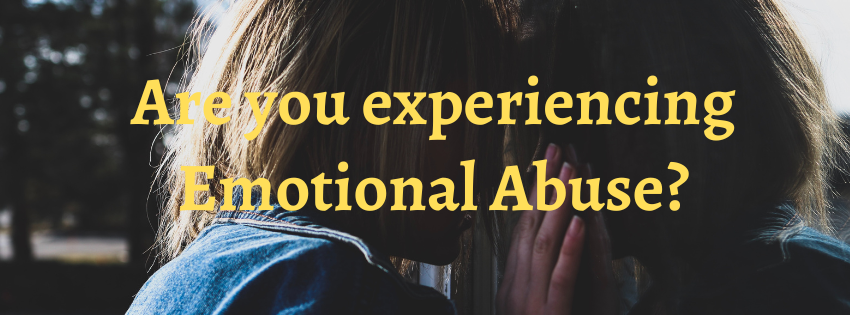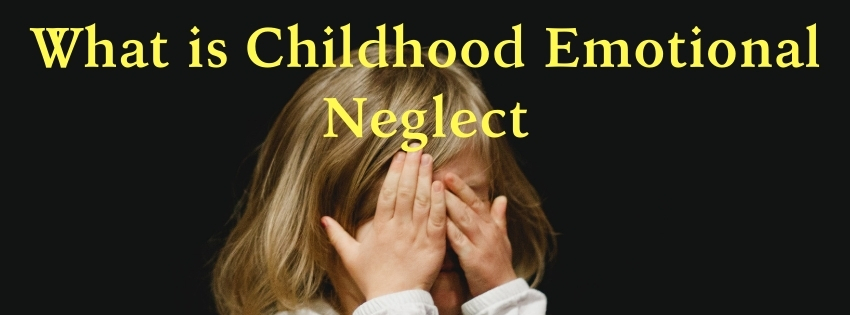Emotional abuse can have a profound impact on women and leave deep scars that last…

Maintaining Personal Boundaries is One of the Best Things You Can Do for Yourself
The ability to set appropriate personal limits and maintain them represents one of the most common issues I come across with clients. Generally speaking, the inability to set appropriate boundaries at appropriate times with the appropriate people can be very destructive and cause or exacerbate issues such as depression, anxiety, guilt, anger, and inability to self-care.
When a person is confused about responsibility and ownership of their own choices and life, then we can talk about a problem of boundaries.
What Are Boundaries
Just as we place boundaries around our property and land, we need to set similar mental, physical and emotional boundaries for our lives so we can distinguish what is our responsibility and what isn’t. Physical boundaries are easy to see and are represented by fences, signs, walls or hedges that send a clear signal to all: This is where my property begins and ends. As the owner of that property, you are responsible for maintaining it, watering the plants, fixing equipment, and paying the bills. You also get to choose who you invite in and who you keep out.
Our boundaries define us, they define what is me and what is not me. A boundary shows me where I end and someone else begins. The knowledge of where my yard begins and ends tells me what I am responsible for and gives me the freedom to do what I want with it. Taking responsibility for my own life opens up many options and probabilities. However, if I am not clear on my boundaries and hence what I own of my life, the choices and options become very limited to me.
The Importance of Boundaries
Imagine if someone left you in the middle of a big empty field and told you to guard their property diligently or they will personally hold you responsible, but they didn’t give you any idea of where that property begins or ends. How can you guard a property if you don’t know its boundaries? Boundaries not only show us what is ours to be responsible for, but also delineate what is not part of our property and hence not our responsibility.
The Makings of Boundaries
Skin
The most basic boundary that defines you is your physical skin. People often use it as a metaphor for saying that their personal boundaries have been violated: “He really gets under my skin.”
Your physical body is the first way that you learn that you are separate from others. People that have experienced physical and sexual abuse early in life often have a poor sense of boundaries as they were taught that their property did not really begin at their skin. Others could invade their property and do whatever they wanted.
Words
While in the physical world fences typically define boundaries, when it comes to our own selves and bodies these are often invisible. Boundaries are often clearly fenced off by our words which act to communicate to others how far they can step into our property. The most basic boundary-setting word is “No”. It lets others know that you exist apart from them and that you have control over your choices. It is important that you are clear both on the things you say “No” to just as much as the things you will say “Yes” to.
People that struggle with boundaries often can’t say no to the pressures, demands and sometimes genuine needs of others. It may be your boss begging you to take an extra shift when you are already exhausted, a friend inviting you to a gathering you really don’t want to go to, or even your partner nagging you for sex when you are not in the mood. Sometimes the pressure comes externally and other times it is from within yourself, because you feel that “you should” be doing something. Ultimately, you just can’t refuse and find the words that will act as a fence around your property, so you accept and take on the responsibility for someone else.
Words have the power to define our property to others by communicating to them our feelings, expectations and dislikes. It is difficult for people to know where you stand if you don’t let them know and it is up to them to decide what to do with the information you give them. It is, however, your responsibility to let them know the parameters of your property and reinforce them against trespassers.
Consequences
Consequences are important because they teach people that trespassing is not tolerated and lets others know that they have breached your boundaries. Consequences should be relevant to the severity of the trespass and serve as warnings for future invasions. If there were never any consequences when other people took advantage of us, why would they not keep doing it? If we can’t show respect and ownership for our boundaries, it is hard to expect that anyone else automatically would.
Parents particularly often have problems setting appropriate consequences for their children and often present with a lot of anger and resentment towards them, yet can’t see how they enable the problematic behaviours.
Choices
We need to take responsibility for our choices. A common boundary problem is dis-owning our choices and trying to lay the responsibility for them on someone else. How often do we say, “I had to” or “She/he made me” when explaining why we did or didn’t do something. We think someone else is in control, thus relieving us of our basic responsibility. We need to realize that we are in control of our choices, no matter how we feel. Setting boundaries inevitably involves taking responsibility for your choices. You are the one who makes them and you are the one who must live with their consequences. And you are the one who may be keeping yourself from making the choices you could be happy with.
Limits
There are two main types of limits that I am referring to. One is the limits we set on others, although in reality we have very little control over what they actually do. We can communicate anything we want to and outline the strictest limits on what we expect from others, but at the end of the day it is their choice whether they respect those limits and comply with them or not. This is not under our control. What is in our control, however, is how we respond to them and how much we expose ourselves to their behaviour. We can’t make someone else do what they don’t want to, but we can tell them how we will respond if they do it and follow through with consequences when needed. This is what personal boundaries stand for.
The other limit is internal and the one we place on ourselves. We need to have spaces inside ourselves where we can have a feeling, an impulse, or a desire, without acting it out. We need to be able to say no to ourselves but exercise self-control without repression. This includes both our destructive desires and some good ones that are not wise to pursue at a given time. Internal structure is a very important component of boundaries and identity, as well as ownership, responsibility, and self-control.
Re-adjusting your boundaries
It may be that you know that your boundaries are nowhere as well defined as you would like them to be. Maybe you are finding that you constantly give in to others’ demands out of guilt or fear. You may also want to be more open and honest with other people but can’t seem to relax and ask for help. Whatever the reason, you may need to re-adjust your boundaries by tightening or relaxing them. To do this, you will need to take the following steps:
- Become clear on what boundaries are and aren’t.
- Evaluate realistically what your boundary issues are – read more about these here.
- Examine what unhelpful beliefs about boundaries you may hold. Common myths are: “If I set boundaries, I am being selfish”, “If I re-adjust my boundaries, I will be hurt by others”, “If I set boundaries, I will hurt others”, or ”Boundaries are permanent and I will burn my bridges”
- Clarify what you want to achieve and what barriers stand in your way.
- Learn and practice new ways of establishing your boundaries and communicating them to others.



